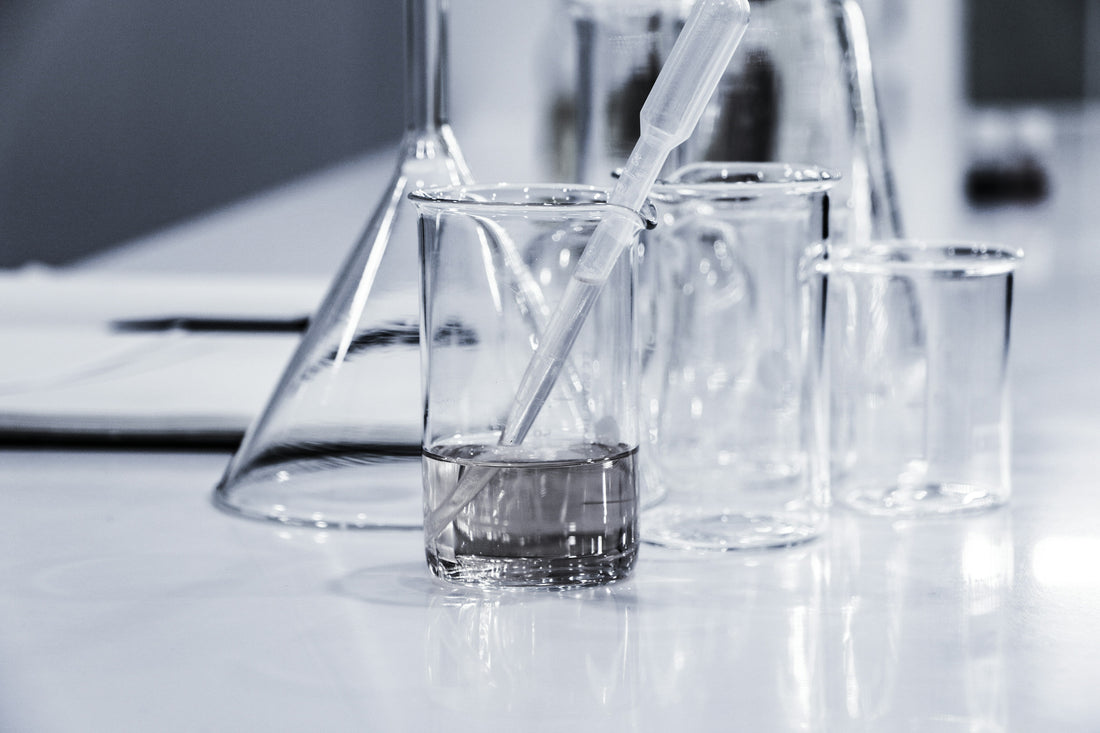
What is PFAS? 5 Quick Facts You NEED to Know
Share
👀 TL;DR (Too Long; Didn’t Read)
✅ 1. PFAS are “forever chemicals.”
They don’t break down in the environment or your body, and can build up over time.
✅ 2. They’re everywhere.
Used in nonstick pans (Teflon), food packaging, rain gear, and more.
✅ 3. PFAS are linked to health issues.
Studies connect them to hormone disruption, immune effects, and even some cancers.
✅ 4. Nearly everyone has PFAS in their blood.
The CDC found PFAS in 97% of Americans tested.
✅ 5. Banning them isn’t easy.
They’re used in countless industrial and consumer applications because few alternatives match their unique properties.

🔬 Dive Deeper: The Science Behind PFAS
What does PFAS stand for?
Per- and Polyfluoroalkyl Substances — a family of thousands of chemicals sharing a common trait: a chain of carbon atoms fully or partially bonded to fluorine atoms.
Why are they called “forever chemicals”?
The carbon–fluorine bond is one of the strongest in organic chemistry. Fluorine is highly electronegative, clinging tightly to carbon. Combined with the linear or branched shape of PFAS molecules, where multiple C–F bonds form a stable “armor” around the molecule, this structure resists degradation by heat, bacteria, sunlight, and even harsh chemicals. In essence, nature can’t break them down easily, so they persist indefinitely in soil, water, and living organisms.
Why is it hard to just ban PFAS?
PFAS are not a single chemical but over 9,000 different compounds with diverse industrial applications:
- Nonstick cookware coatings - One of the most well-known PFAS applications is Teflon, a brand name for PTFE.
- Water-repellent outdoor gear
- Food packaging
- Medical devices
- Semiconductor manufacturing - Their unique chemical properties (heat resistance, low friction, chemical inertness) make them difficult to replace with safer alternatives without sacrificing performance, leading to phased bans or targeted restrictions rather than a universal elimination.
What health risks are linked to PFAS exposure?
According to the EPA and multiple health studies, PFAS exposure may lead to:
- Hormone disruption and thyroid disease
- Decreased immune response
- Increased cholesterol levels
- Certain types of cancer (kidney, testicular)
- Developmental issues in infants and children
How can I reduce PFAS exposure at home?
- Choose PFAS-free cookware (e.g. ceramic-coated, stainless steel, or cast iron)
- Avoid stain-resistant or water-repellent treatments on textiles
- Filter your drinking water with a reverse osmosis system
- Be mindful of fast-food packaging and takeout containers
💡 Why This Matters
PFAS contamination is a global issue, with the CDC detecting PFAS in 97% of Americans’ blood samples. Although complete avoidance is nearly impossible today, choosing PFAS-free cookware and products reduces your exposure and sends a demand signal for safer materials in the future.
At Verdolea, we aim to cut through confusion with science-backed knowledge and curated PFAS-free products — so you can cook, clean, and live with confidence.



